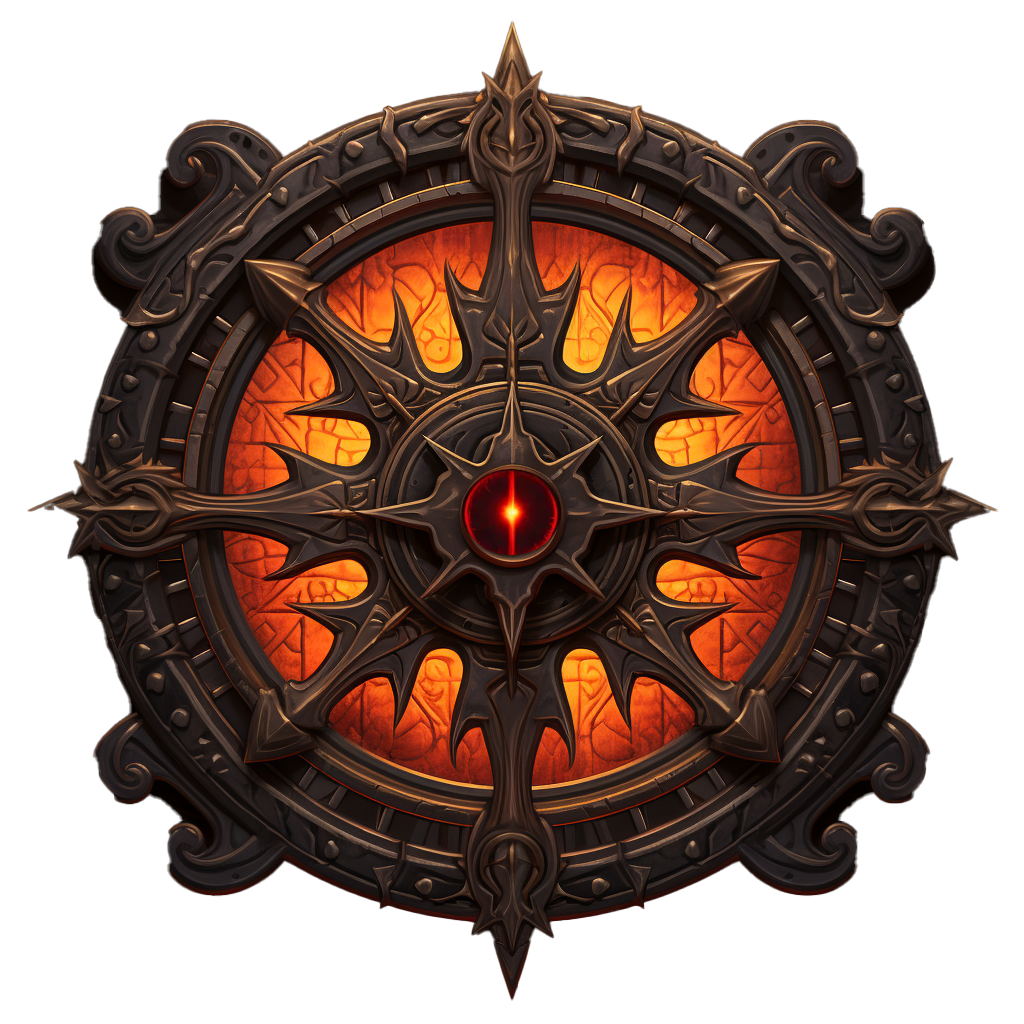Tales of Symphonia
Tales of Symphonia, the fifth installment in the iconic Tales series, is a captivating third-person atmospheric fantasy JRPG. Developed and published by Bandai Namco Entertainment, this game takes players on a journey through the enchanting world of Sylvarant. In this review, we will explore the gameplay, graphics, and overall experience of Tales of Symphonia and discover why it remains a beloved classic among JRPG enthusiasts.
- Developer: Bandai Namco Entertainment
- Publisher: Bandai Namco Entertainment
- Release Date: 2003
- Platforms: Nintendo GameCube, PlayStation 2, PlayStation 3, Microsoft Windows
- Genre: Action RPG, Fantasy
- Official Website: https://store.steampowered.com/app/372360/Tales_of_Symphonia/
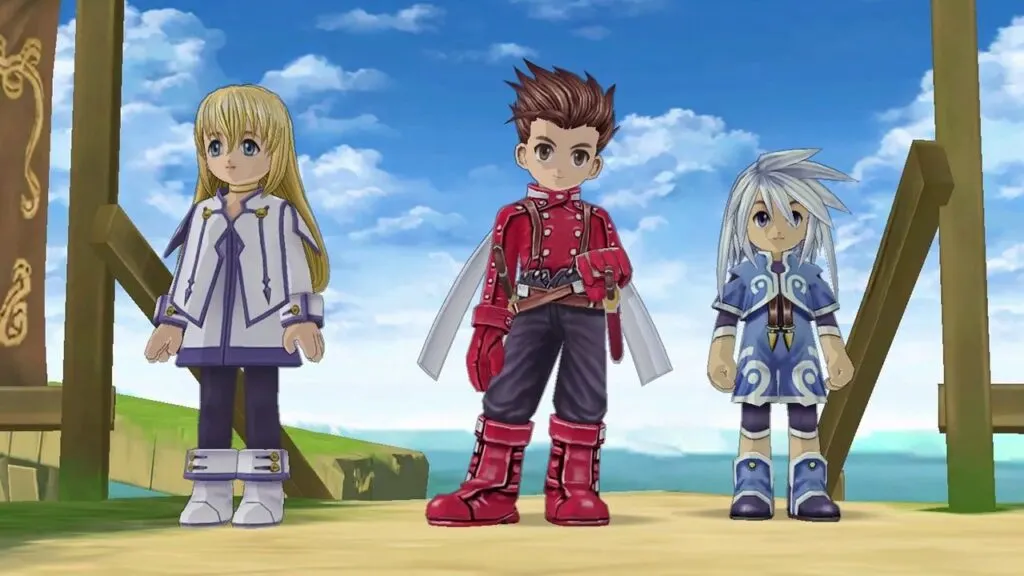
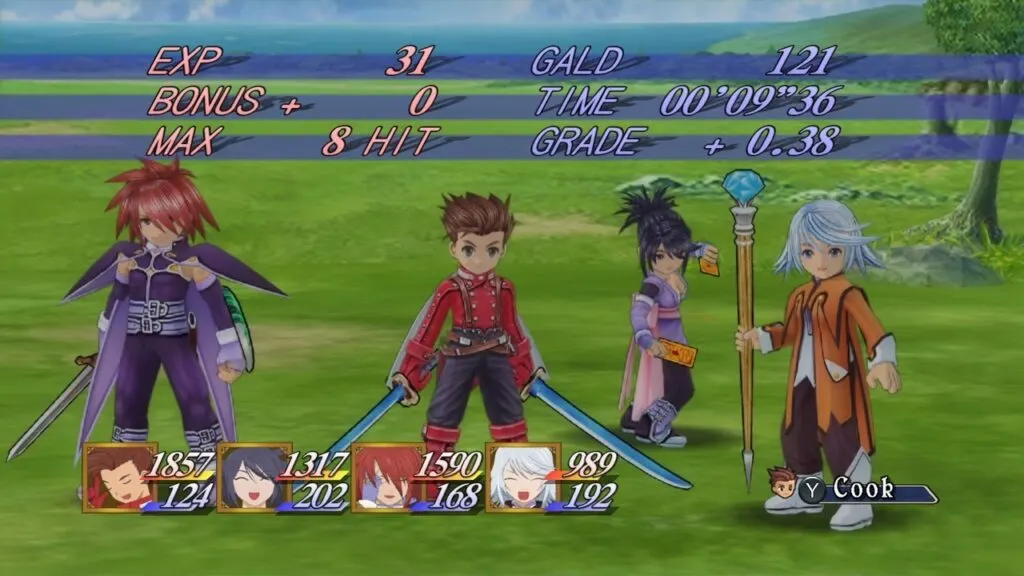
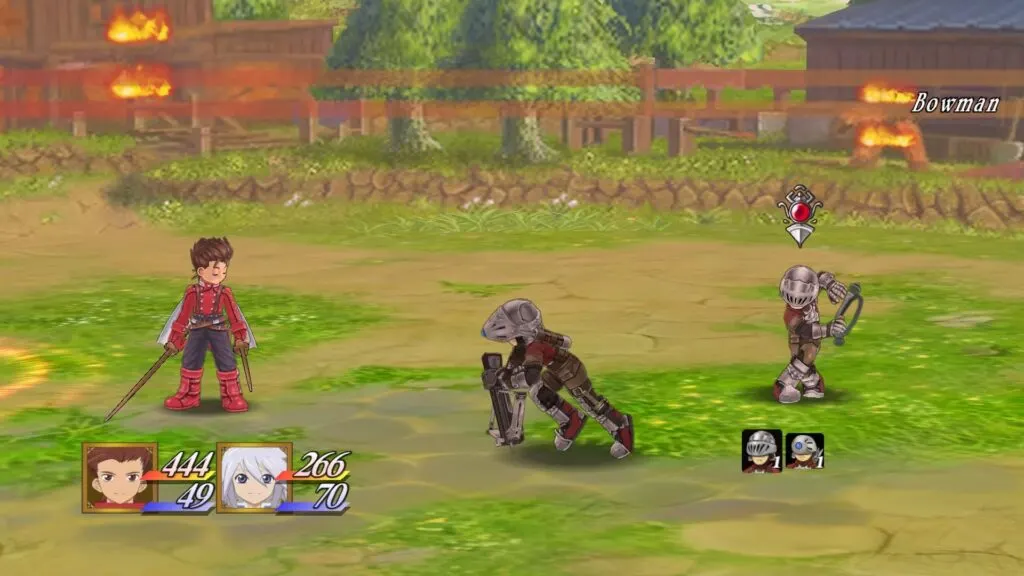
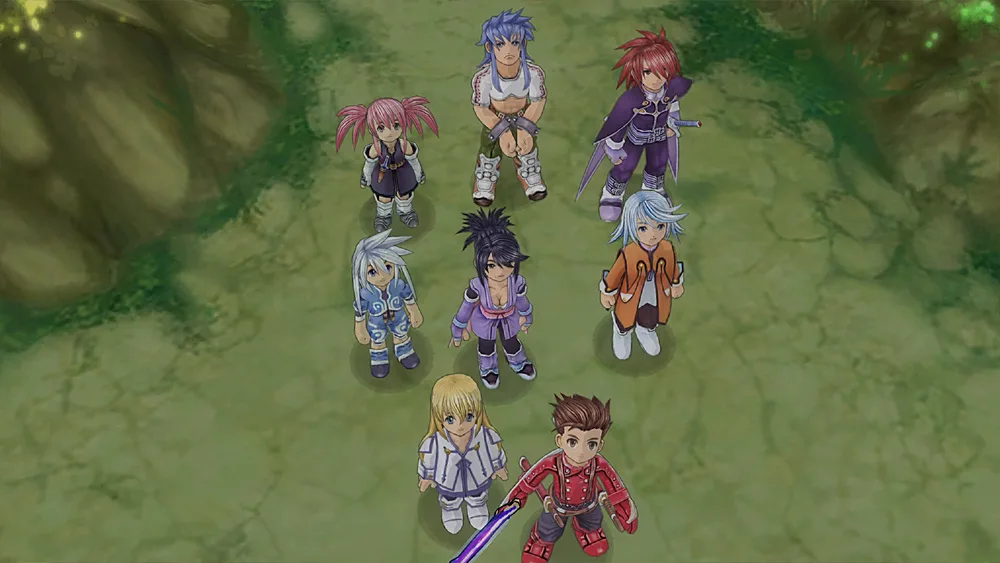
Gameplay
In Tales of Symphonia, players embark on a thrilling adventure in the fictional world of Sylvarant. Assuming the role of Lloyd Irving, accompanied by his childhood friend Colette Brunel, players set out to save the world from an ancient evil that threatens its existence. As their journey unfolds, they discover that the salvation of their world comes at the cost of the parallel world of Tethe’alla.
The gameplay follows the classic JRPG formula, allowing players to explore a semi-open world with their party of heroes. Completing various quests, battling foes, and uncovering the secrets of the universe form the core of the gameplay experience.
The combat system in Tales of Symphonia is dynamic and engaging. Battles against enemies occur in real-time within a confined arena, with the arena’s visual appearance changing based on the current location. Players control the main character and their allies, utilizing various combos and skills to defeat foes. The game incorporates a system of effectiveness, wherein certain skills prove more or less potent against specific enemy classes. During battles, players can also employ consumables to enhance their heroes, restore health, mana, and more.
Tales of Symphonia captivates players with its charming fantasy world, meticulously crafted in an old-school Low Poly anime style. The vibrant surroundings, enriched with captivating cel-shader animation by renowned artist Kosuke Fujishima, create an immersive atmosphere. The thematic soundtrack complements the visual design, further enhancing the overall experience.
During the adventure, players come across numerous items, some obtained from treasures and others after defeating foes. Upgrading the heroes’ equipment plays a crucial role in the game, providing significant advantages as the story unfolds. Cooking is another interesting aspect, enabling players to prepare dishes that grant various buffs to the party during battles.
The gripping narrative of Tales of Symphonia unfolds through extensive dialogues, cutscenes, and additional missions. Immersing players in the gameplay, these elements offer valuable insights into the game’s universe. Completing the story and side quests, along with exploring the environment, can take around 80 hours, providing a satisfying and memorable journey.
Conclusion
Tales of Symphonia remains a classic in the JRPG genre, providing players with a captivating and immersive fantasy adventure. With its engaging combat mechanics, charming visuals, and well-crafted storyline, the game continues to appeal to fans of the Tales series and RPG enthusiasts alike. While some elements may show their age, the overall experience and depth of gameplay make Tales of Symphonia a must-play for anyone seeking an unforgettable journey through the enchanting world of Sylvarant.
Tales of Symphonia System Requirements
Minimum Requirements
- Memory: 1 GB RAM
- Graphics Card: Nvidia GeForce 8800GT / ATI Radeon HD 4830
- CPU: Intel Core 2 Duo 2.4Ghz / AMD Athlon 64 X2 5200+, 2.6GHz
- File Size: 7 GB available space
- OS: Windows Vista 32/64
Recommended Requirements
- Memory: 4 GB RAM
- Graphics Card: Nvidia GeForce GTX 560 Ti / AMD Radeon HD 7850
- CPU: Intel Core i3-530, 2.93 GHz / AMD Phenom II X4 940, 3.0GHz
- File Size: 7 GB available space
- OS: Windows 7 (x64) / Windows 8 (x64)
